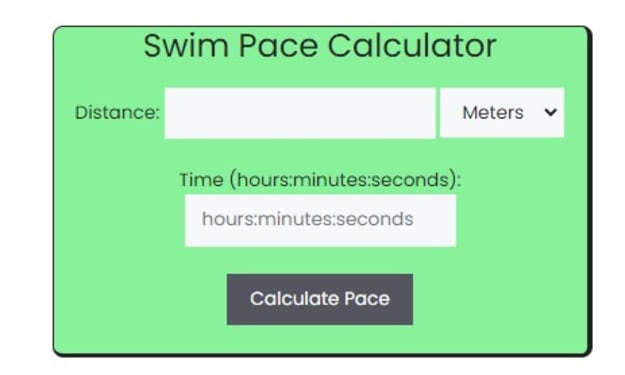
Running quick is an objective shared by many athletes and physical fitness lovers. Whether you're a competitive runner or just aiming to enhance your speed and performance, comprehending the essential concepts and methods of running can help you attain your goals. In this post, we will explore the different factors that add to running quick and supply practical ideas to improve your speed and performance.
I. Developing Speed and Power
A. Strength Training:
Integrating strength training works out into your workout routine can improve your running speed. Concentrate on workouts that target the lower body, such as squats, lunges, and calf raises, to build leg strength and power. Additionally, workouts like deadlifts and plyometric drills can help improve explosive power, which is important for generating speed throughout sprints.
B. Plyometric Training:
Plyometric exercises include explosive motions that establish power and enhance muscle elasticity. Leaping workouts, such as box jumps, bounding, and depth jumps, can improve your ability to create force and enhance your stride length and frequency. Consist of plyometric drills in your training regimen to boost your running speed.
C. Sprint Training:
Integrating sprint periods into your training can assist you establish speed. Short, intense bursts of sprinting followed by short healing durations can enhance your anaerobic capability and teach your body to perform at faster speeds. Gradually increase the duration and strength of your sprint intervals over time for optimum results.
Related: How To Run A Faster Mile
II. Improving Running Technique
A. Proper Posture and Alignment:
Preserving correct posture and positioning while running is vital for taking full advantage of speed and efficiency. Engage your core muscles to maintain stability and promote efficient motion.
B. Stride Length and Frequency:
Finding the ideal balance in between stride length and frequency is important for running quickly. Make every effort for a somewhat longer stride without overreaching, as this can cause inefficient mechanics and increased threat of injury. Aim for fast, turnover of the legs, making sure that your foot lands under your center of mass.
C. Arm Swing:
Use your arms to generate momentum and preserve balance. Keep your arms bent at roughly 90 degrees and swing them forward and backward in a regulated way. Prevent extreme side-to-side motion, as it can waste energy and disrupt your running rhythm.
III. Endurance and Conditioning
A. Interval Training:
Include period training sessions into your training strategy to improve your endurance and endurance. Alternate in between periods of high-intensity running and active healing. This type of training assists increase your cardiovascular physical fitness, permitting you to sustain faster speeds for longer periods.
B. Long Runs:
Regularly include long terms in your training schedule to improve your total endurance. These runs should be done at a comfortable rate that allows you to cover longer distances. Slowly increase the duration and distance of your long terms to construct mental and endurance strength.
C. Cross-Training:
Take part in cross-training activities, such as swimming, biking, or strength training, to match your running exercises. Cross-training helps avoid overuse injuries, improves general fitness, and boosts muscular balance, all of which contribute to better running performance.
IV. Mental Preparation and Focus
A. Visualization:
Picture yourself running quickly and crossing the finish line with confidence. Psychological imagery can help boost your focus, motivation, and belief in your capabilities. Take a few minutes prior to your runs to envision effective, busy performances.
B. Goal Setting:
Set particular, quantifiable objectives to track your development and stay encouraged. Break down your larger objectives into smaller sized, attainable turning points. Celebrate each turning point reached, and utilize them as stepping stones towards your supreme goal of running much faster.
C. Positive Self-Talk:
Preserve a positive frame of mind and use affirmations to construct confidence. Replace self-doubt and unfavorable ideas with positive declarations about your abilities as a fast runner. Encourage yourself throughout challenging workouts and races to press through psychological barriers.
Conclusion:
Running fast requires a mix of physical training, correct method, endurance, and psychological focus. Build endurance through period training, long runs, and cross-training activities. With consistent practice and commitment, you can accomplish your running goals and experience the excitement of running quick.






Comments
There are no comments for this story
Be the first to respond and start the conversation.